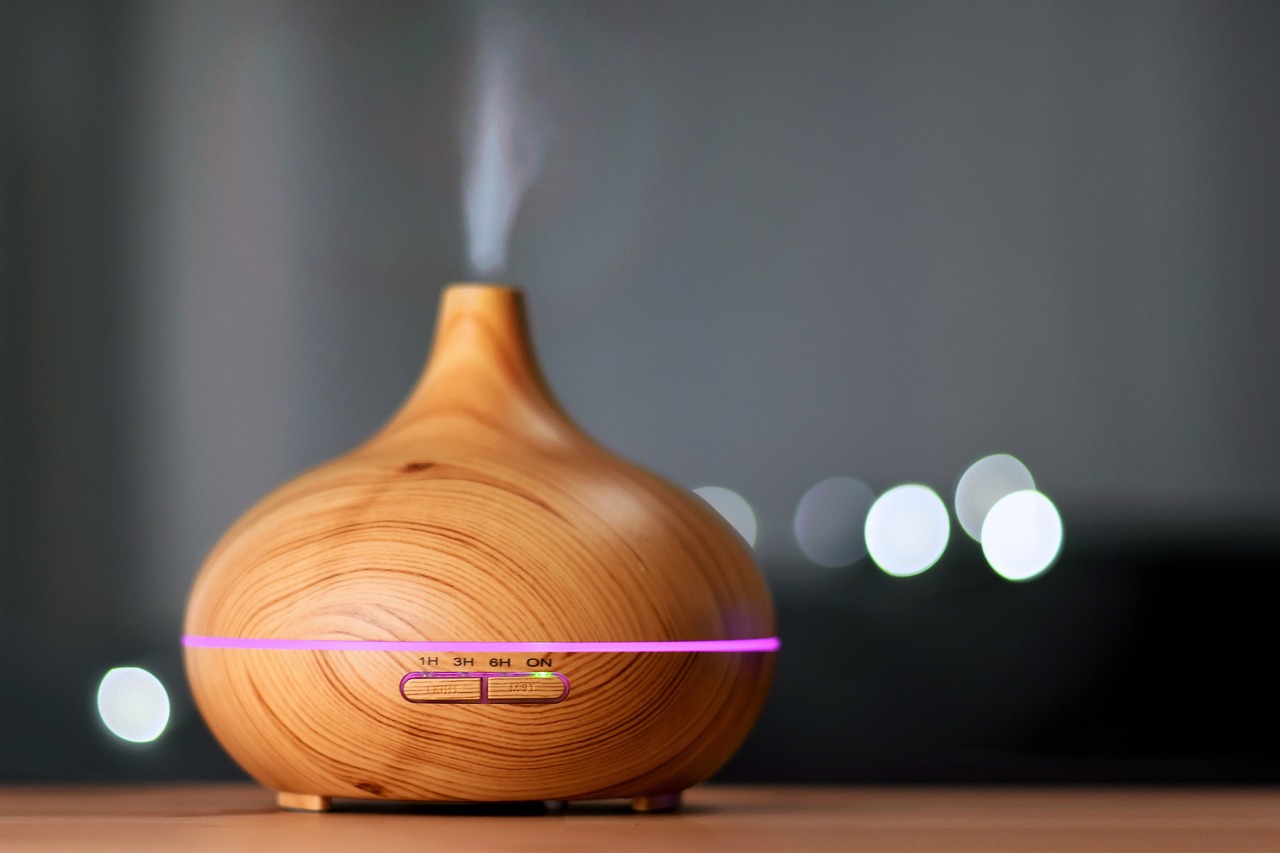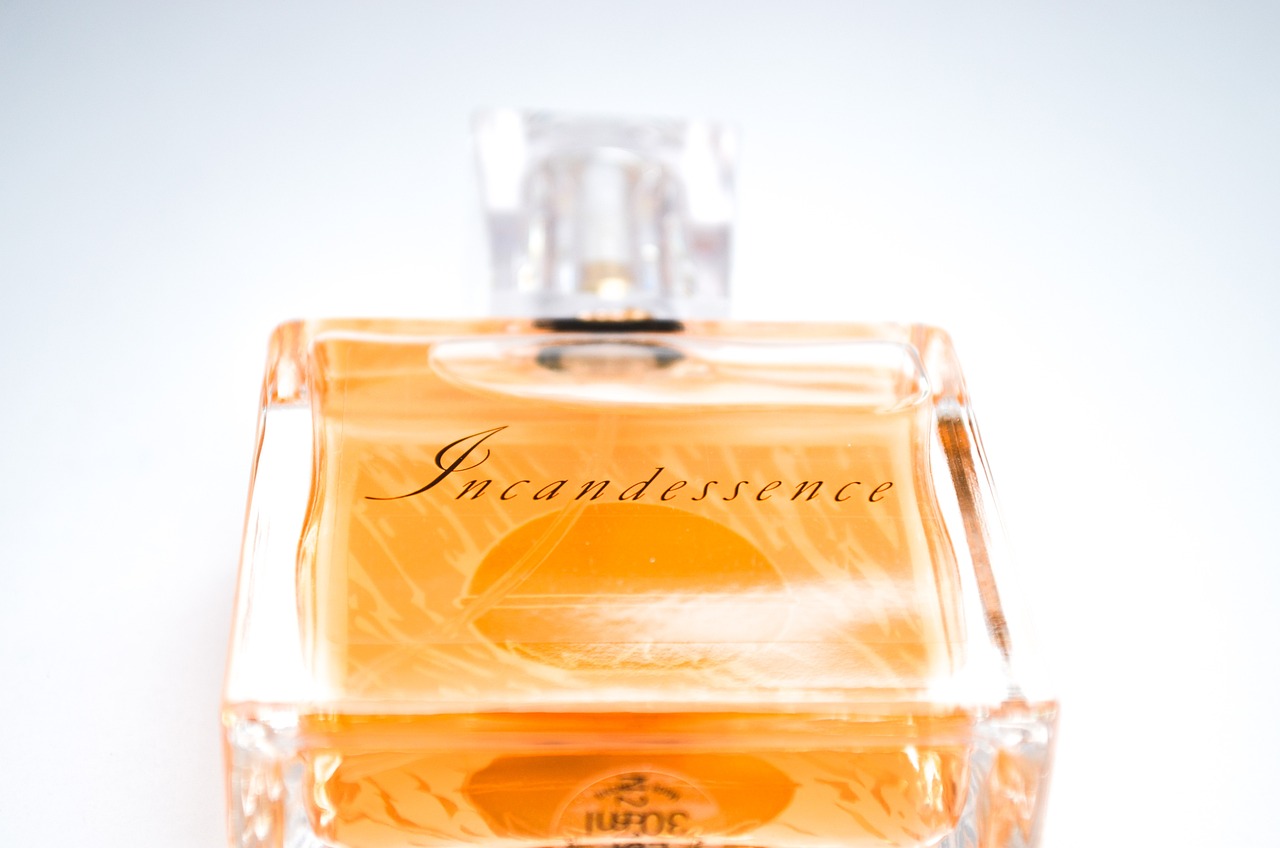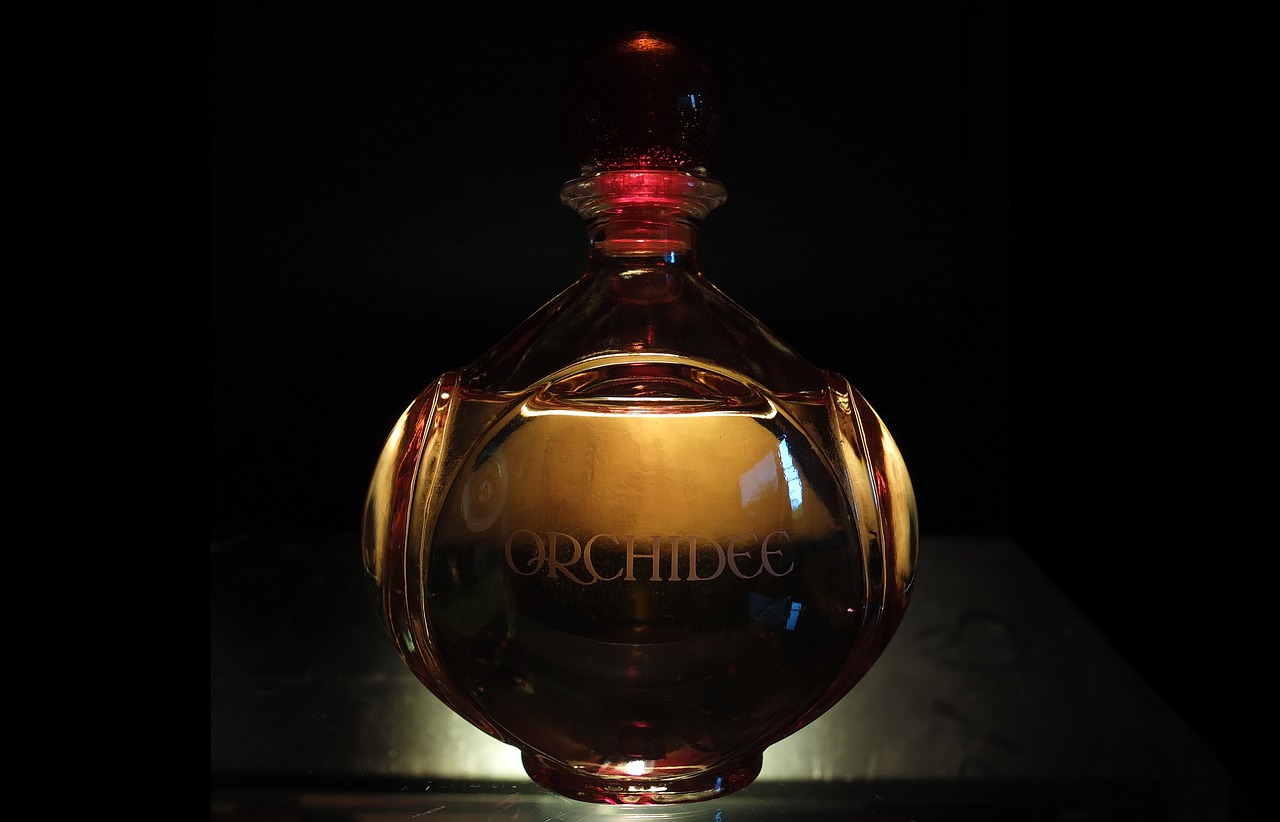How to Make Your Own Natural Perfume
Creating your own natural perfume is a rewarding and creative process that allows you to craft a signature scent tailored to your preferences. By using essential oils and other natural ingredients, you can avoid the harsh chemicals often found in commercial perfumes and enjoy a more personalized fragrance experience. In this guide, we will take you through the steps to make your own natural perfume at home, from selecting the right essential oils to blending harmonious fragrances.

Benefits of Natural Perfume
Learn how to create personalized scents using natural ingredients in this guide to making your own natural perfume at home.
Discover the advantages of using natural ingredients in perfume making and how they can benefit your health and the environment.
Natural perfumes offer a range of benefits that set them apart from synthetic fragrances. One of the primary advantages is that natural perfumes are free from harsh chemicals and synthetic additives that can irritate the skin and cause allergic reactions. By using natural ingredients, you can enjoy a gentle and non-toxic fragrance experience that is safe for your skin and overall well-being.
Furthermore, natural perfumes are environmentally friendly as they are typically made from sustainable and eco-friendly sources. Choosing natural ingredients over synthetic ones helps reduce the environmental impact of traditional perfume production, making it a more sustainable choice for conscious consumers. By opting for natural perfume, you can support eco-friendly practices and reduce your carbon footprint.
In addition to being safer for your health and the environment, natural perfumes also offer a unique olfactory experience. The use of natural essential oils and botanical extracts creates complex and nuanced scents that evolve beautifully on the skin. Natural perfumes tend to have a more authentic and dynamic fragrance profile compared to synthetic fragrances, providing a sensory journey that evolves throughout the day.
Explore popular essential oils used in perfume making, their unique scents, and how to blend them to create harmonious fragrances.
Understand the role of top notes in perfume making, their characteristics, and how they contribute to the overall scent profile.
Learn about base notes in perfume making, their longevity, and how they provide depth and richness to the fragrance.
Discover the importance of fixatives in perfume making, how they help the scent last longer, and common natural fixatives to use.
Get step-by-step instructions for creating your own natural perfume blends, from light floral scents to warm and spicy fragrances.
Explore the differences between solid and liquid natural perfumes, their benefits, and how to choose the right type for you.
Find out how to properly store your homemade natural perfumes and the best practices for applying them to maximize their longevity and scent.

Essential Oils for Perfume Making
When it comes to creating your own natural perfume, essential oils play a crucial role in determining the overall fragrance profile. These oils are concentrated extracts derived from plants, flowers, fruits, and other natural sources, each offering a unique scent that can be blended to create harmonious perfumes.
Popular essential oils used in perfume making include lavender, known for its calming and floral aroma, rose with its romantic and sweet scent, sandalwood for its woody and exotic notes, and citrus oils like lemon and bergamot that bring a refreshing and uplifting quality to the blend.
Blending essential oils is an art that requires understanding the top notes, heart notes, and base notes of each oil. Top notes are the first scents you perceive in a perfume, usually light and volatile, while base notes are richer and longer-lasting, providing depth and complexity to the fragrance. Heart notes bridge the top and base notes, creating a well-rounded scent experience.
Experimenting with different essential oil combinations allows you to create personalized perfumes that reflect your unique preferences and personality. Whether you prefer floral, fruity, herbal, or spicy scents, there is a wide range of essential oils to choose from to craft your perfect fragrance.
Remember, the quality of essential oils is crucial in perfume making, as pure and natural oils will result in a higher quality fragrance. Always source your essential oils from reputable suppliers to ensure their authenticity and potency.

Top Notes in Perfume
When it comes to creating a captivating perfume, the top notes play a crucial role in setting the initial impression and grabbing attention. These notes are like the opening act of a show, creating the first impact that lingers in the air. Typically light and refreshing, top notes are the first scents that reach your nose when you apply perfume. They are responsible for the immediate burst of fragrance that you experience, often consisting of citrusy, fruity, or herbal aromas.
Imagine walking into a room filled with the invigorating scent of freshly squeezed lemons or the sweet aroma of blooming flowers. These are the types of fragrances that top notes bring to a perfume blend, leaving a memorable and uplifting trail wherever you go. They are like the bright colors on a canvas, adding vibrancy and freshness to the overall composition.
When selecting top notes for your perfume, consider scents like bergamot, lemon, grapefruit, lavender, or peppermint. These aromatic ingredients not only provide an initial burst of fragrance but also set the stage for the middle and base notes to follow. Blending top notes with complementary middle and base notes is essential to creating a well-rounded and harmonious perfume that evolves beautifully over time.

Base Notes in Perfume
Base notes in perfume making play a crucial role in creating a well-rounded and long-lasting fragrance. These notes are the foundation of the scent, providing depth, richness, and stability to the overall composition. Unlike top notes that evaporate quickly and middle notes that form the heart of the fragrance, base notes linger on the skin for hours, creating a lasting impression.
Common base notes used in natural perfumery include rich and earthy scents like patchouli, vetiver, sandalwood, and cedarwood. These ingredients not only add complexity to the perfume but also help to anchor the lighter top and middle notes, ensuring that the scent unfolds gradually over time.
Base notes are often described as warm, sensual, and comforting, evoking feelings of security and stability. They are like the solid foundation of a building, providing support and structure to the entire olfactory experience. When blended harmoniously with top and middle notes, base notes create a well-balanced perfume that captivates the senses and leaves a lasting impression.

Fixatives in Perfume
When it comes to creating your own natural perfume, fixatives play a crucial role in enhancing the longevity and staying power of the fragrance. Fixatives are substances that help to slow down the evaporation rate of the perfume oils, allowing the scent to linger on your skin for a longer period.
One common natural fixative used in perfume making is vanilla extract. Not only does vanilla add a sweet and comforting aroma to the perfume blend, but it also helps to anchor the other scents, preventing them from dissipating too quickly. Another popular fixative is Frankincense resin, which not only has a rich and woody scent but also acts as a stabilizer, ensuring that the fragrance remains consistent over time.
Additionally, cedarwood essential oil is often used as a fixative due to its warm and earthy aroma, which can complement a wide range of perfume blends. These natural fixatives not only help to prolong the life of your natural perfume but also add complexity and depth to the overall scent profile.
Experimenting with different fixatives can allow you to customize the staying power and character of your perfume blend, creating a unique and long-lasting fragrance that is truly your own.

DIY Perfume Recipes
Creating your own natural perfume at home is a rewarding and creative process that allows you to craft personalized scents tailored to your preferences. By using natural ingredients, you not only avoid harsh chemicals often found in commercial perfumes but also contribute to a healthier environment. Let's delve into some delightful DIY perfume recipes that will inspire your olfactory senses.
One popular DIY perfume recipe involves blending floral essential oils like lavender, rose, and jasmine to create a light and refreshing scent perfect for everyday wear. These floral notes harmonize beautifully, creating a delicate and feminine fragrance that lingers subtly on the skin.
For those who prefer warm and spicy fragrances, a DIY perfume recipe featuring essential oils such as sandalwood, vanilla, and patchouli is ideal. These rich and exotic scents combine to evoke a sense of mystery and allure, perfect for evening events or special occasions.
If you're feeling adventurous, you can experiment with citrus essential oils like bergamot, lemon, and grapefruit to craft a vibrant and energizing perfume blend. Citrus notes are invigorating and uplifting, making them a great choice for boosting your mood and adding a touch of freshness to your day.
When creating your DIY perfume recipes, remember to consider the balance of top, middle, and base notes to achieve a well-rounded fragrance profile. Top notes provide the initial burst of scent, middle notes add complexity and depth, while base notes anchor the fragrance and enhance its longevity.
Whether you prefer solid perfumes for their portability and convenience or liquid perfumes for easy application, these DIY perfume recipes can be adapted to suit your preference. Solid perfumes are great for on-the-go touch-ups, while liquid perfumes offer a more traditional application method.
Experiment with different essential oil combinations, varying the proportions to create your signature scent. Keep in mind that natural perfumes may evolve on the skin over time, so allow the fragrance to settle before making final adjustments to your recipe.

Solid Perfume vs. Liquid Perfume
When it comes to choosing between solid perfume and liquid perfume, there are key differences to consider that can impact your overall experience. Solid perfumes are typically made with a base of waxes and oils, giving them a balm-like consistency. On the other hand, liquid perfumes are alcohol-based and come in spray or dab-on forms, providing a more traditional application method.
One of the main advantages of solid perfumes is their portability and convenience. They are compact, spill-proof, and easy to apply on the go, making them ideal for travel or quick touch-ups throughout the day. Additionally, solid perfumes tend to have a longer-lasting scent due to the slower rate of evaporation compared to liquid perfumes.
On the other hand, liquid perfumes offer a wider variety of application options. They can be sprayed or dabbed on pulse points, allowing for a more controlled and customizable application. Liquid perfumes also tend to have a stronger initial projection, making them a popular choice for those who prefer a more intense scent presence.
When choosing between solid and liquid perfume, personal preference plays a significant role. Some may prefer the tactile experience of applying solid perfume with their fingers, while others may appreciate the convenience and versatility of liquid perfume sprays. Ultimately, both types of perfumes have their own unique qualities and benefits, so it's worth experimenting with both to see which suits your preferences best.

Tips for Storing and Using Natural Perfume
When it comes to storing and using your homemade natural perfumes, there are a few key tips to keep in mind to ensure they maintain their quality and fragrance for as long as possible.
First and foremost, it's important to store your natural perfumes in a cool, dark place away from direct sunlight and heat. Exposure to light and heat can degrade the essential oils in the perfume, affecting the scent and overall quality.
Additionally, make sure to keep your perfumes tightly sealed when not in use. This helps prevent evaporation and keeps the fragrance intact. Using dark or opaque glass bottles can also help protect the perfume from light exposure.
When applying your natural perfume, avoid rubbing your wrists together after application. This can alter the scent and break down the fragrance molecules more quickly. Instead, gently dab or spray the perfume on pulse points like the wrists, neck, and behind the ears.
If you have multiple natural perfumes, consider rotating them regularly to prevent any one scent from becoming overwhelming. This can also help you appreciate and enjoy each fragrance to its fullest extent.
Lastly, be mindful of the shelf life of your natural perfumes. Since they are made with natural ingredients and lack synthetic preservatives, they may have a shorter shelf life compared to commercial perfumes. It's a good idea to label your perfumes with the date of creation and use them within a reasonable timeframe to ensure optimal freshness.
Frequently Asked Questions
- Can I make my own natural perfume at home?
Yes, you can definitely make your own natural perfume at home using essential oils and other natural ingredients. It's a fun and creative process that allows you to customize your own signature scent.
- Are natural perfumes better for health and the environment?
Absolutely! Natural perfumes are free from synthetic chemicals and toxins that can be harmful to both your health and the environment. By using natural ingredients, you not only smell great but also reduce your exposure to harmful substances.
- How do I choose the right essential oils for my natural perfume?
Choosing essential oils for your natural perfume depends on your personal preference and the type of scent you want to create. Experiment with different oils to find the perfect blend that resonates with you.
- Can I mix different types of essential oils in my perfume?
Absolutely! Mixing different types of essential oils is the key to creating complex and unique fragrances. Just make sure to blend them harmoniously to achieve a balanced and pleasant scent.
- How long do natural perfumes last?
The longevity of natural perfumes can vary depending on the ingredients used and how they are stored. Generally, natural perfumes may not last as long as synthetic ones, but their subtle and evolving scents make them a delightful experience.



















